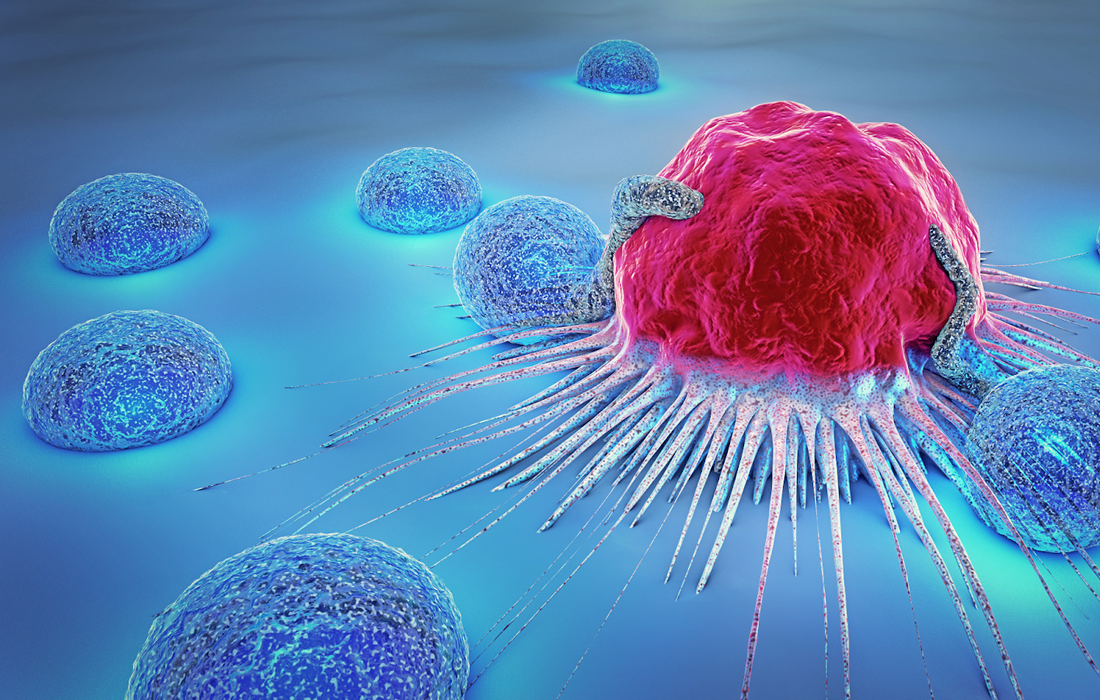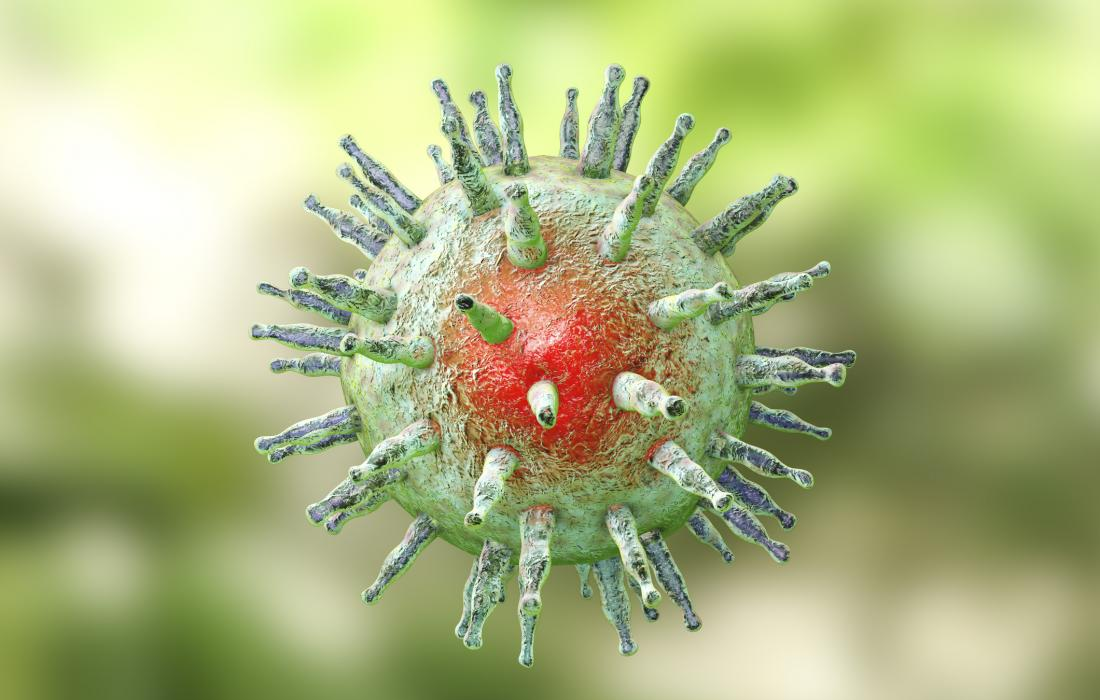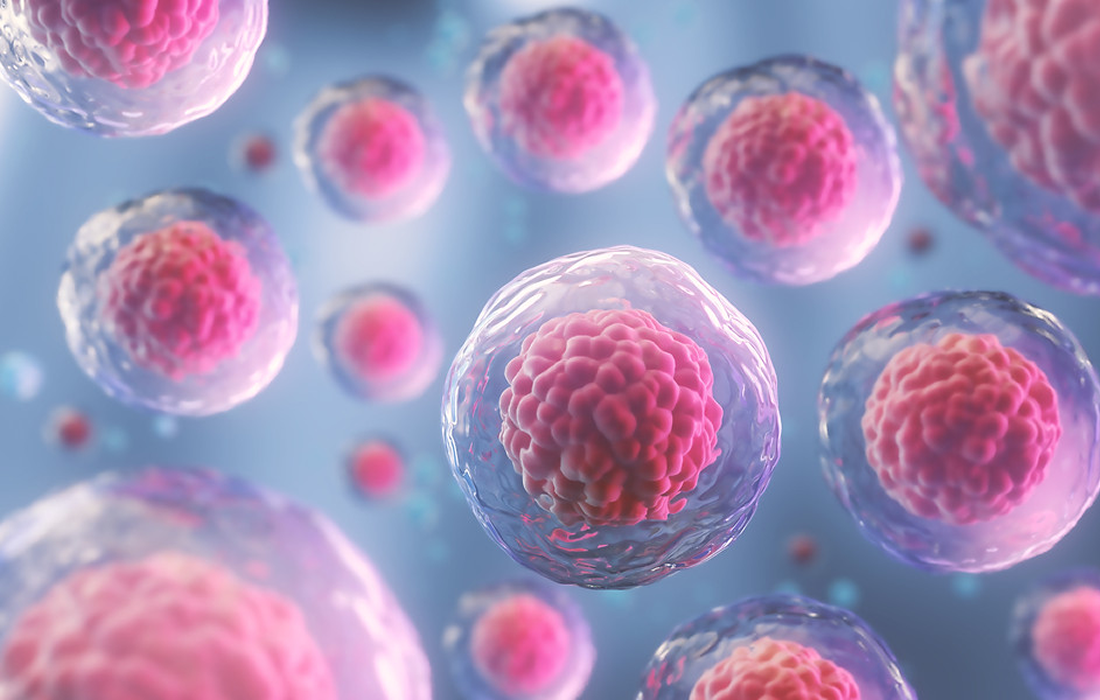Neutrophils, the most abundant circulating leukocytes in humans, accumulate in many types of tumors and represent a significant portion of tumor-infiltrating cells. Due to their heterogeneity and plasticity in the tumor microenvironment (TME), neutrophils have demonstrated contradictory protumor and antitumor effects during tumor evolution. For instance, tumor-associated neutrophils present direct or antibody-dependent cytotoxicity against solid […]
Category Archives: Regenerative Medicine News and General Information
Obesity affects more than 41% of all adults in the U.S. and increases the risk of heart disease, stroke, diabetes, and certain types of cancer. Most treatments for obesity focus on eating habits and physical activity. Scientists have long known that serotonin, a chemical messenger found throughout the brain and body, plays a key role […]
Migraine headache is a complex, recurrent headache disorder that is one of the most common complaints in medicine. In the United States, more than 30 million people have 1 or more migraine headaches per year. Migraine was previously considered to be a vascular phenomenon that resulted from intracranial vasoconstriction followed by rebound vasodilation. Currently, however, […]
Herpes simplex virus (HSV) types 1 and 2 are widespread and important human pathogens, causing oral and genital ulcers, neonatal herpes, and increasing the risk of acquiring HIV. After primary infection at the skin or mucosa, HSV establishes lifelong latency in both sensory and autonomic neurons of the peripheral nervous system. HSV can subsequently reactivate […]
Hair loss (Alopecia ) occurs in more than 60% of men and in approximately 10% of women. Although a lack of scalp hair can potentially increase the risk of actinic damage and skin cancer, male and female pattern baldness are conditions that are, with few exceptions, treated electively. For millions of individuals, hair loss is […]
Psoriasis is a complex, chronic, multifactorial, inflammatory disease that involves hyperproliferation of the keratinocytes in the epidermis, with an increase in the epidermal cell turnover rate, and infiltrating immune cells that leads to secretion of various cytokines and chemokines including IL-17, IL-21, IL-22, IL-6, IL-1β, TNFα and CXCL1/3/5, which initiate a pro-inflammatory systemic response. Environmental, […]
Human embryonic stem cells (hESCs) and human induced pluripotent stem cells (hiPSCs) possess the ability for unlimited self-renewal and differentiation to yield cells derived from the three germ layers . Upon adding specific growth factors, hESCs/iPSCs initiate differentiation and are converted into specific lineages. Recent progress in this field has successfully generated many functionally differentiated […]
Ulcerative colitis (UC) is a form of chronic inflammatory bowel disease (IBD) that affects more than 5 million patients worldwide. Studies have indicated that UC development is a long-term process that includes various unclear etiologies. Current therapies for ulcerative colitis (UC) fail to achieve satisfactory disease control. Selective inhibition of Janus kinase (JAK) type 1 […]
Colorectal cancers remain the third most common cancer and third most common cause of cancer-related mortality in US men and women.In addition, rates of colon cancer in younger persons have been increasing. The incidence and mortality from colon cancer have been on a slow decline over the past several decades in the United States, with […]
After muscle injury, muscle stem cells must coordinate with immune cells in the inflamed tissue to ensure efficient repair. In damaged muscle, stem cells must work together with immune cells to complete the repair process, yet how these cells coordinate to ensure the efficient removal of dead tissue before making new muscle fibers has remained […]










